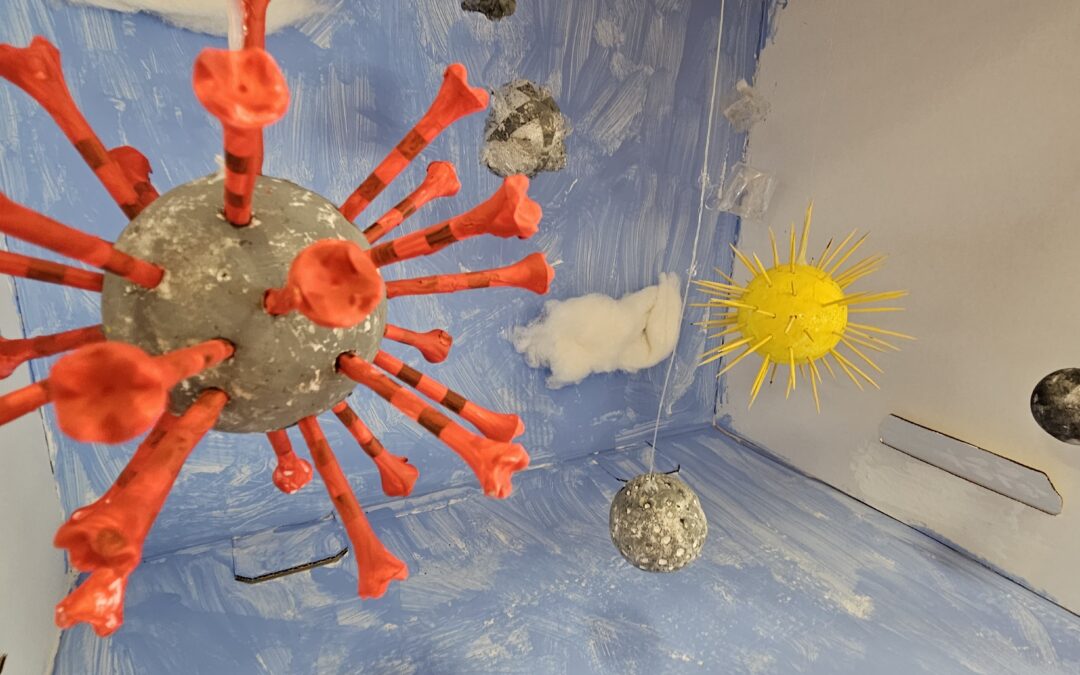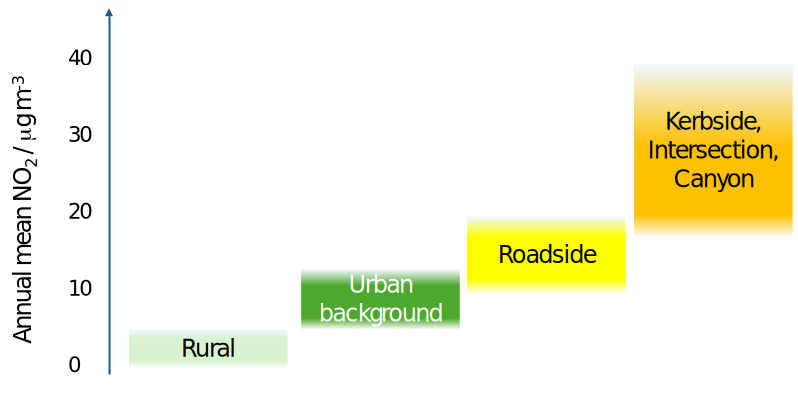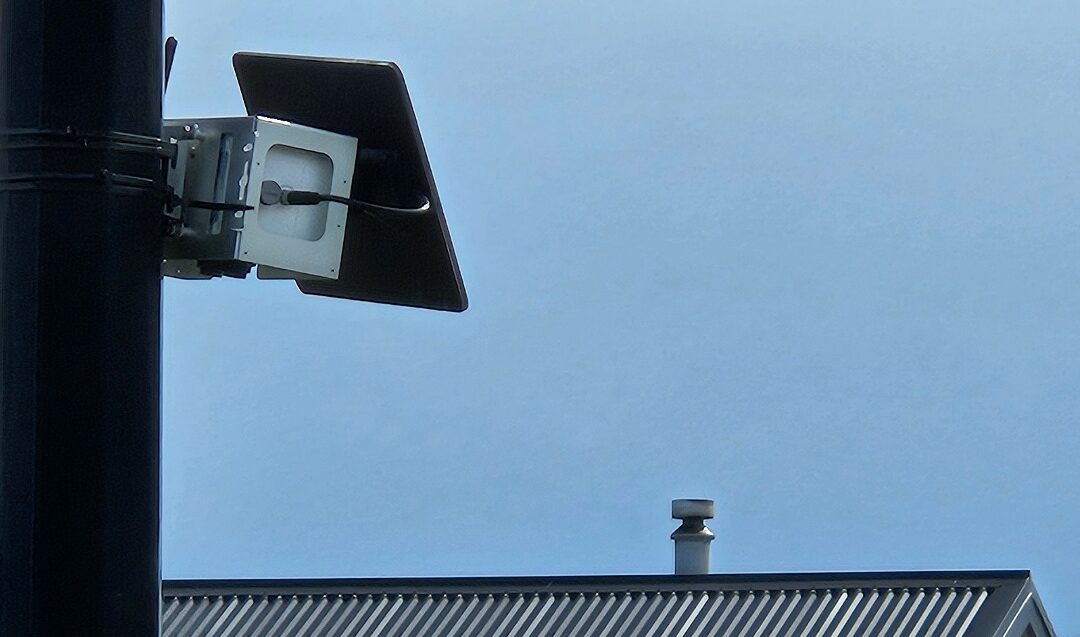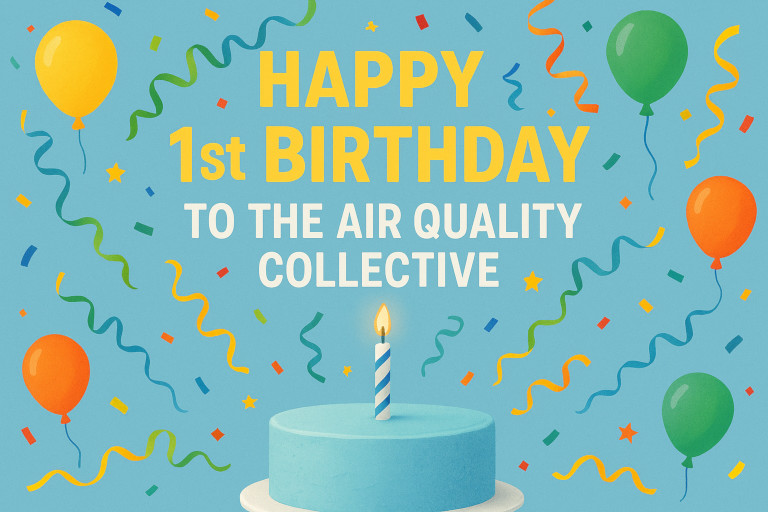We are pleased to announce that again, alongside our colleagues at the University of Canterbury, we have been awarded a Smart Idea grant (Optimizing Next-Generation Climate Model Precipitation Projections for Improved Climate Resilience) from the Aotearoa New Zealand Ministry of Business, Innovation and Employment (MBIE) to support the upcoming Go South initiative. Go South is an umbrella project for several upcoming investigations of marine aerosol and cloud formation in the south pacific and southern ocean, based in Aotearoa New Zealand. Individual projects include ACADIA/Go South2 deployment of ground based in-situ and remote measurements of aerosol and cloud properties at two coastal locations, near Invercargill and Christchurch on the south island of New Zealand for one year from August 2025; HALO South deployment of the HALO research aircraft from Christchurch for six weeks in September and October 2025; and deployment of the RV Sonne from New Zealand in 2027. The funding will run from October 2025 for three years. It complements the previous Catalyst Strategic funding to support the HALO South project, enabling us to now support the full suite of Go South projects over several years.
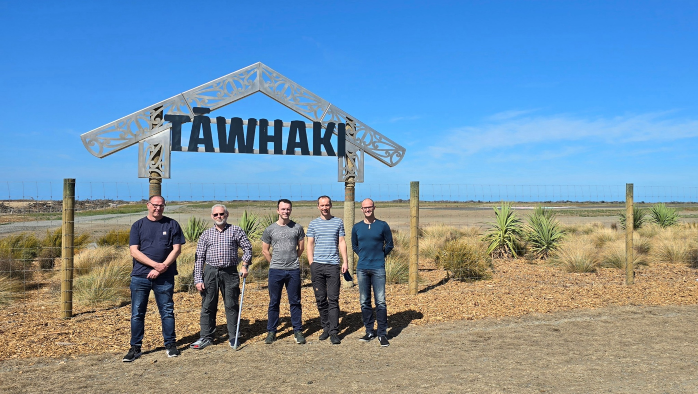
The lead team include:
Dr. Guy Coulson (The Air Quality Collective)
Prof. Adrian McDonald (University of Canterbury)
Prof. Dr Heike Kalese-Los (University of Leipzig)
Prof. Dr Mira Pöhlker (TROPOS)
More details and a public statement (included below) are available at the Ministry for Business, Innovation and Employment website.
Public Statement – University of Canterbury
Accurate climate projections are crucial for helping Aotearoa New Zealand (ANZ) prepare for future changes, particularly in managing the risks of droughts and flooding. A major issue in current climate models is the difficulty in simulating interactions between aerosols (tiny airborne particles) and clouds. These interactions play a key role in cloud formation and precipitation processes, and drive model uncertainty. Many climate models rely on optimization based on Northern Hemisphere data, where aerosol concentrations are higher due to industrial activity. In contrast, the Southern Hemisphere’s cleaner atmosphere results in clouds with different precipitation formation pathways which are currently not well-represented in climate models. This limits the accuracy of forecasts of future rainfall changes over ANZ. To address these challenges, we will conduct an ambitious observational campaign to gather precise aerosol, cloud and precipitation data around ANZ. Supported by international partners, we will deploy instrumented aircraft, make measurements from a research vessel, and collect



